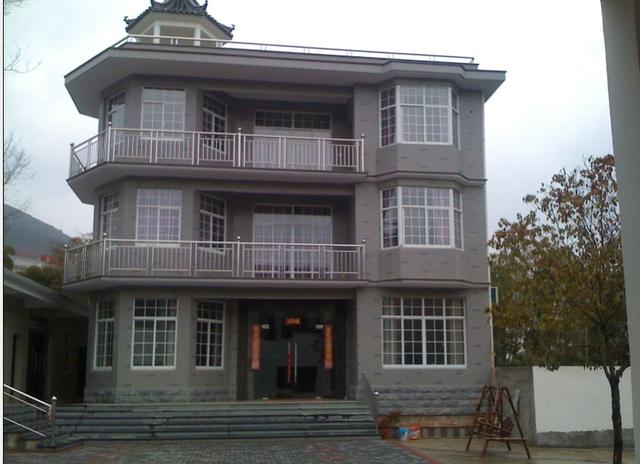Laying hens supplement calcium, must be scientific!
Laying hens need a lot of calcium and phosphorus during the laying period, of which about 90% of the calcium is used in bones and eggshells, about 80% of phosphorus forms bones with calcium, and the rest of calcium and phosphorus are distributed in all tissues of the body. The eggshell accounts for about 1/10 of the egg weight. 90% of the eggshell is calcium carbonate. An egg weighs about 50 grams and 60 grams. The water content of calcium carbonate is 4.5 grams and 5.4 grams. If the utilization rate of calcium is 60%, each egg needs about 10 grams of calcium carbonate and 3.5 grams of pure calcium. However, the chicken body calcium is only limited to about 15 grams, according to the laying needs, the hen body (including bone calcium) is only enough to lay 3-4 eggs, so a large amount of calcium is needed. But when replenishing calcium, be sure to choose the source of calcium.
1. Do not feed raw bone meal
Because the production technology of processed bone powder is different, the quality of its products is very different, so it can be divided into steamed bone meal and raw bone powder. Steamed bone powder is a product made by pressing, drying and crushing after processing, removing most of the protein and fat. Steamed bone powder is white or silver gray, odorless, containing 30% calcium, 14.5% phosphorus, 7.5% crude protein and 1.2% crude fat.
The so-called raw bone meal is a kind of inferior bone powder produced under the condition of simple equipment. The miscellaneous bones are simply washed and boiled in a cauldron for several hours without pressure or degumming, then removed from the pan, dried and crushed. This bone meal is smelly, black or dark gray, containing 23% calcium, 10.5% phosphorus, 21% crude protein and 5% crude fat.
If this kind of raw bone meal is used to feed layers for a long time, because it is not treated by high temperature and high pressure, bone calcium is combined with bone glue, and the absorption and utilization of calcium is much worse than that of steamed bone powder. Over a long period of time, it will cause the imbalance of calcium and phosphorus in chickens, lead to the decline of laying capacity of laying hens, and cause significant economic losses to chicken production. Therefore, chicken farmers, especially large-scale chicken farms, must pay attention to avoid using raw bone meal ingredients to feed chickens.
Second, choose high quality calcium sources.
Calcium Huarui formate: calcium content up to 31%, high utilization rate of livestock and poultry, neutral pH value, low water content, good water solubility and neutral. Mixing calcium formate into additive premix will not cause vitamin loss, and free formic acid can be separated under the action of gastric acid, which can reduce the pH value of stomach and improve the immune ability of animals. Calcium formate has a high melting point and can only be decomposed when it is more than 400℃. It will not be destroyed in the process of granulation.
[our advantages]:
Good acid: 85% normal acid production in western Shandong, non-by-product acid
Good calcium: no impurities, high whiteness, ≥ 40% calcium content
Good absorption: organic calcium, ionic calcium
Third, calcium supplement should be in the right amount
Calcium supplements to successive hens are not as much as possible. Generally speaking, hens need about 4.4 grams of calcium for each egg they lay. If the calcium content in the diet is more than 4%, on the one hand, it will cause uric acid to accumulate in the body, causing dyspepsia to cause diarrhea, and even gout symptoms; on the other hand, it will worsen the palatability of feed and reduce the feed intake and egg production of chickens. Therefore, the content of calcium in the feed of laying hens is generally 3.0%-3.5%, and the feed source can be placed alone, which can be eaten by the hens, or can be mixed with the feed.
- Prev

In the countryside, these four kinds of people are most looked down upon. Which one do you belong to?
In the countryside, these four kinds of people are most looked down upon. Which one do you belong to?
- Next

When I went to the countryside to repair household appliances, the farmer unexpectedly used this to entertain me!
When I went to the countryside to repair household appliances, the farmer unexpectedly used this to entertain me!
Related
- A course of planting techniques and methods on how to grow carrots
- How to plant the latest tulips?
- Is it better to pick tea in the morning or in the afternoon? When is the best time for tea to be picked? what is the third or fifth tea?
- Launch Yuanxiao Happy combination Haocha + Tea Yuan healthy Taste
- Penghu Tourism "Fireworks 20 Parade with You"
- 2022 West Lake Happiness holds "Digital Revitalization Voucher" and draws iphone13 and laptop.
- Banqiao Fuzhou social houses are designed to change start-up combined with police elimination to create a safe and livable environment
- The convenient measure of "mechanical weeding" in Xinbei has been abused and the Agriculture Bureau has imposed heavy penalties on the illegal land consolidation.
- Changgeng University Joins Hands with Four Memory Factories to Rescue Memory Talent Shortage
- The list of Taiwan's top 100 MVP managers is listed by the Director-General of the Farmers' Association of Sanxia District.

